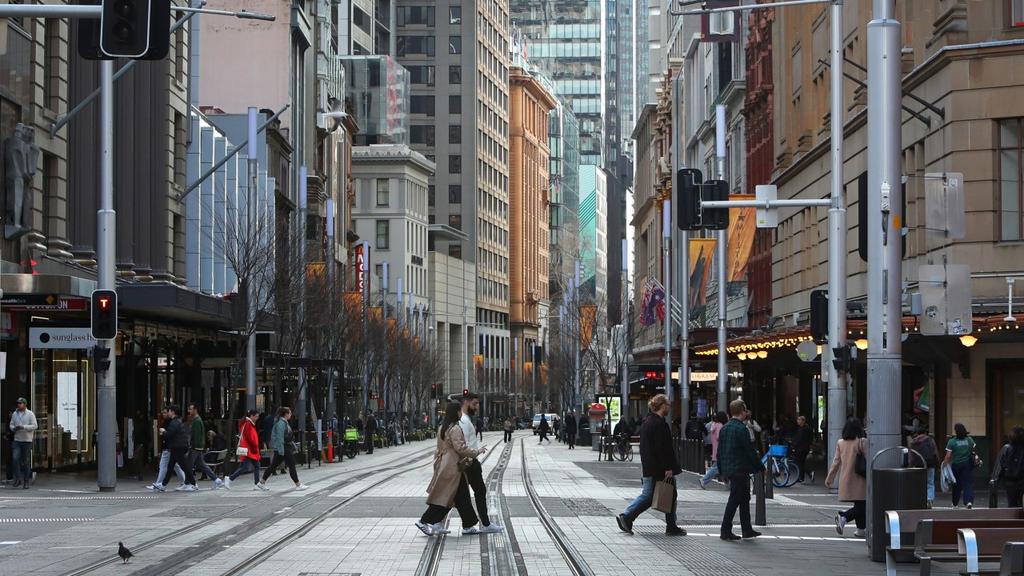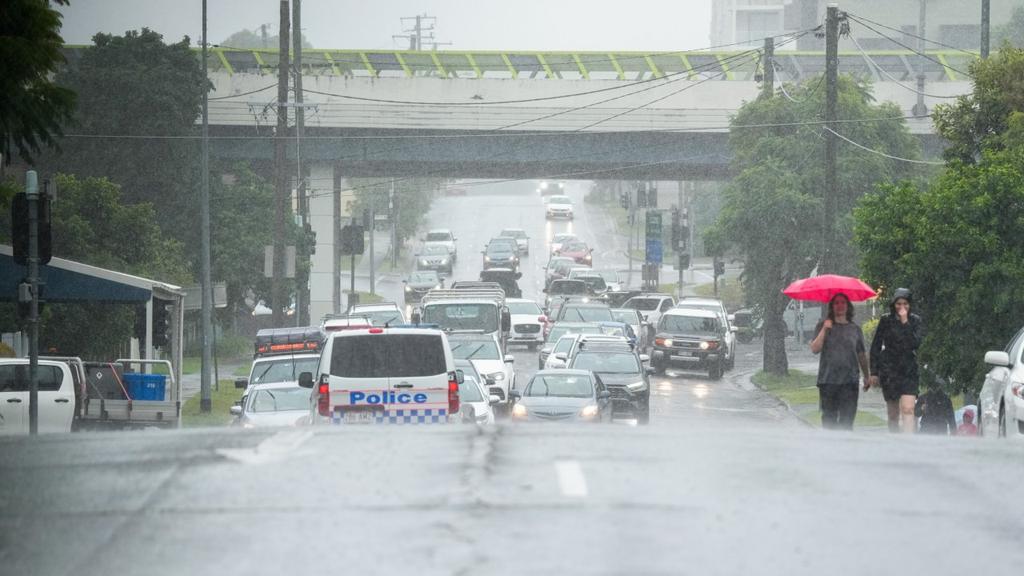
Article by James Harrison, courtesy of Sky News
04.06.2025
Australia’s economy rose 0.2 per cent in the March quarter, however, a 0.4 per cent population growth over the same period is pushing the country back on the brink of a per capita recession.
The nation was in a per capita recession – consecutive quarters where population growth outpaced economic growth – for 21 months before the economy picked up in the December 2024 quarter.
New data from the Australian Bureau of Statistics showed GDP per capita fell 0.2 per cent in the March quarter, following a 0.1 per cent rise in December.
If Australia records another quarter of population growth outpacing economic growth, it will be in a per capita recession.

Sky News’ Political Editor Andrew Clennell said the recent figures raised alarm bells for the Albanese government as it sought to bolster the nation’s economy in its second term.
“GDP per capita – that is a very concerning figure for the government,” Clennell said.
“It really plays into the arguments of business that (the government’s) labour reforms haven’t helped productivity.”
He noted there was a “silver lining” to the downturn in growth for Treasurer Jim Chalmers as it could lead to future rate cuts.
“Inflation’s low, unemployment’s low and I expect the Treasurer will say natural disasters and exports being down amid global uncertainty are responsible for these anaemic numbers we’ve got today,” Clennell said.
Mr Chalmers lauded Australia’s 0.2 per cent of growth, arguing that global economic uncertainty from Donald Trump’s trade war meant “any growth is a decent outcome”.
“Even modest growth is welcome in these global economic circumstances,” Mr Chalmer told reporters.
Total GDP was up 1.3 per cent for the 12 months to March while GDP per hours worked, a key measure of productivity, fell one per cent over the year.
ABS head of national account Katherine Keenan said weather events such as ex-Tropical Cyclone Alfred and a flat government spending were large contributors to the slow growth.

“Public spending recorded the largest detraction from growth since the September quarter 2017,” Ms Keenan said in a statement.
“Extreme weather events reduced domestic final demand and exports. Weather impacts were particularly evident in mining, tourism and shipping.”
Mr Chalmers said the private sector led the 0.2 per cent GDP rise as the public sector “took a step back”.
“All of the growth in the March quarter was from the private sector and that is a good thing,” he said.
Deloitte Access Economics partner Stephen Smith said the recent GDP figures showed the need for a boost of business investment to charge Australia’s growth.
“While household spending and housing construction growth both noticeably improved in the March quarter, soft business investment growth indicates an ongoing lack of spark in private sector activity,” Mr Smith said in a statement.
“Business investment is crucial to lifting productivity and sustainably growing the economy.
“That is why it is important to ensure policy settings are optimised for economic growth.”
Prior to the ABS’ release, Commonwealth Bank of Australia downgraded its forecast from 0.4 per cent quarterly growth to 0.3 per cent for March.
“With population rising by 0.4 per cent (during the quarter), that indicates a soft start to 2025 after the relative strength seen at the end of last year,” a CBA report read.
Westpac had predicted just 0.1 per cent quarterly growth in March, while the Organisation for Economic Co-operation and Development downgraded Australia’s 2025 growth from 1.9 per cent to 1.8 per cent.
